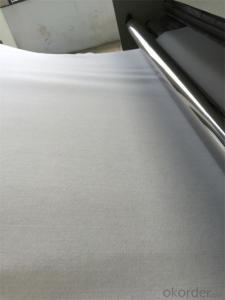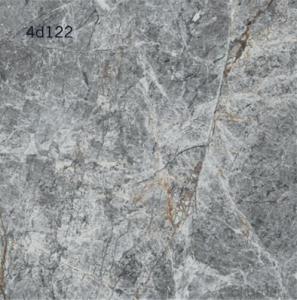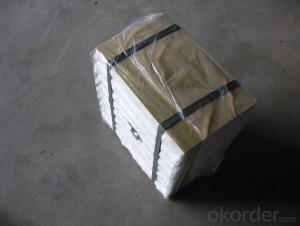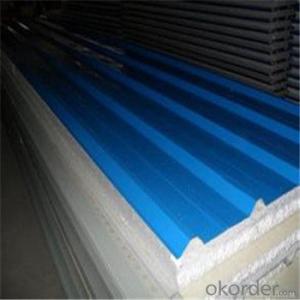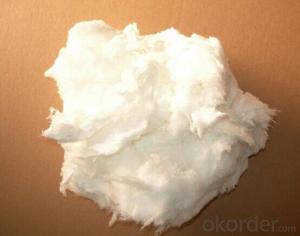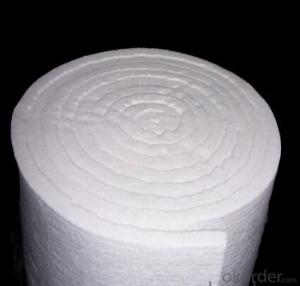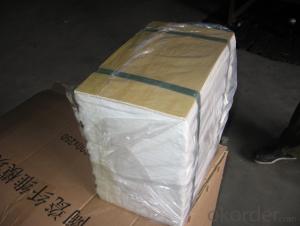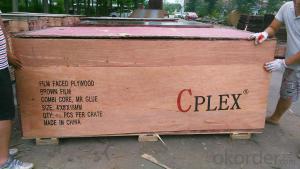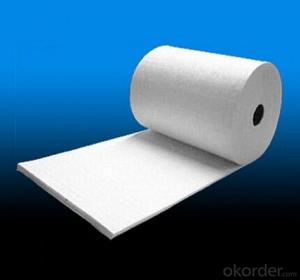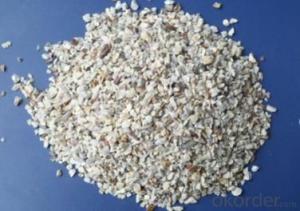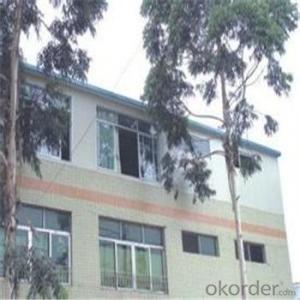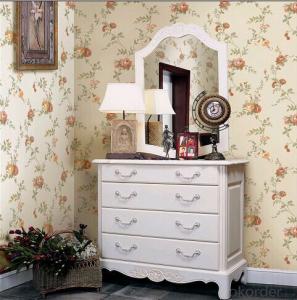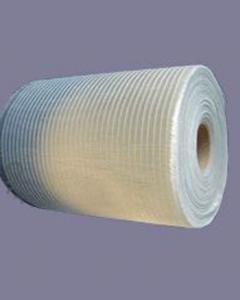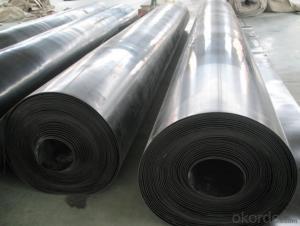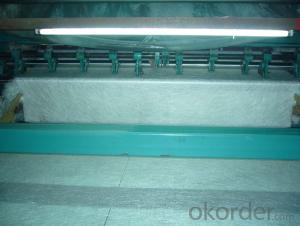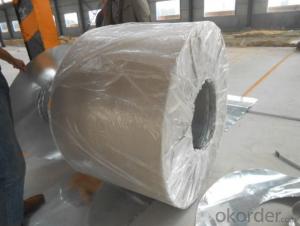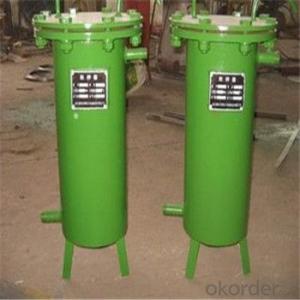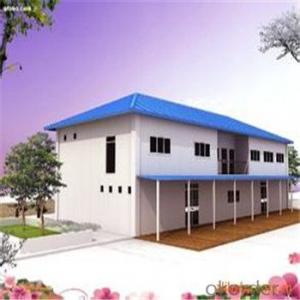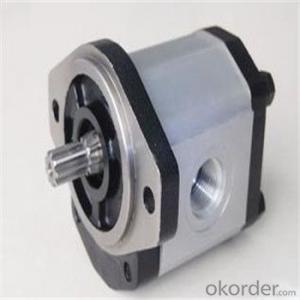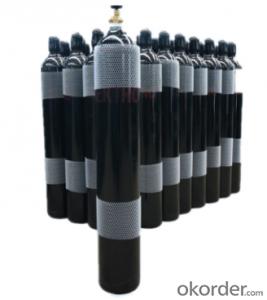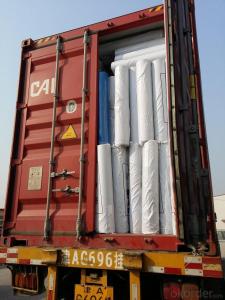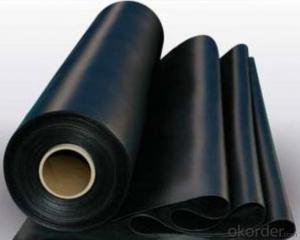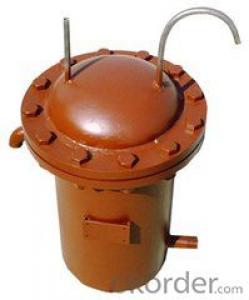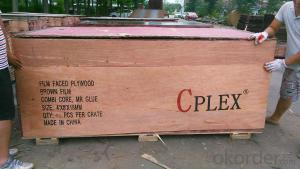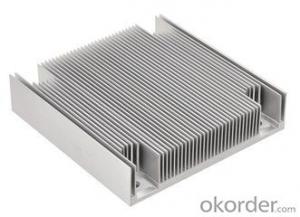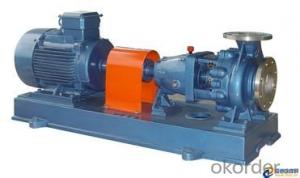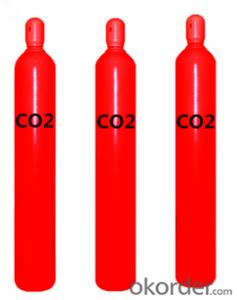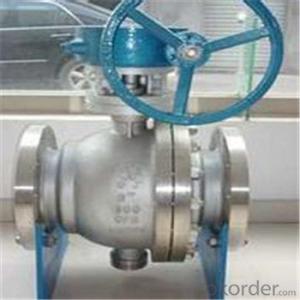Precio De Geomembrana Por M2
Precio De Geomembrana Por M2 Related Searches
Geomembrana Pvc Precio Geomembrana Hdpe 2 Mm Precio Precio Geomembrana Hdpe 1.5 Mm Precio De Geomembrana Por M2 Geomembrana Precio M2 Precio De La Geomembrana Precio De Geomembrana Tipos De GeomembranasHot Searches
Tanque De Geomembrana Tanques De Geomembrana Tanques De Geomembrana Precios Bidim Geotextile Price Geotextile Membrane Suppliers Terratex Nonwoven GeotextilesPrecio De Geomembrana Por M2 Supplier & Manufacturer from China
Okorder.com is a professional Precio De Geomembrana Por M2 supplier & manufacturer, offers integrated one-stop services including real-time quoting and online cargo tracking. We are funded by CNBM Group, a Fortune 500 enterprise and the largest Precio De Geomembrana Por M2 firm in China.Hot Products
FAQ
- Stainless steel sheets can be affected by various types of corrosion. Pitting corrosion is a common form that occurs when localized areas of the surface are damaged, causing small pits or holes. This corrosion is typically caused by exposure to chlorides, such as saltwater or certain chemicals. Another type is crevice corrosion, which happens in tight spaces or crevices where oxygen and other corrosive agents can become trapped. This can occur in joints between stainless steel sheets or in areas where dirt, debris, or moisture accumulate, creating a favorable environment for corrosion. Galvanic corrosion occurs when stainless steel comes into contact with a different metal in the presence of moisture. The electrical potential difference between the two metals results in the flow of electrical current, leading to corrosion of the stainless steel. Stress corrosion cracking is a type of corrosion that occurs under tensile stress in a corrosive environment. This can cause cracking or fracturing of stainless steel sheets, compromising their structural integrity. Lastly, intergranular corrosion occurs along the grain boundaries of stainless steel. It can result from improper welding practices, exposure to high temperatures, or chemical exposure. Intergranular corrosion weakens the stainless steel sheets and makes them more vulnerable to other forms of corrosion. To ensure the performance and durability of stainless steel sheets, it is important to consider these common types of corrosion. Regular inspections, proper maintenance, and appropriate corrosion prevention measures can help reduce the risk of corrosion and extend the lifespan of the sheets.
- One effective way to remove adhesive from stainless steel sheets is by applying a small amount of rubbing alcohol or acetone to a soft cloth and gently rubbing the adhesive residue. Another option is to use a mixture of warm water and mild soap, followed by scrubbing with a non-abrasive sponge or cloth. If the adhesive is particularly stubborn, using a commercial adhesive remover specifically designed for stainless steel can also be effective.
- Indeed, the automotive industry does have the capability to employ stainless steel sheets. Owing to their remarkable strength, durability, and resistance to corrosion, stainless steel is frequently utilized in the assembly of automotive components. Exhaust systems, fuel tanks, bumpers, and trim are common examples of parts that are often crafted from this material. The utilization of stainless steel sheets grants manufacturers a great deal of flexibility in terms of design options, enabling them to fashion intricate forms and structures. Furthermore, due to its aesthetic appeal and ease of upkeep, stainless steel remains a favored choice in the automotive industry.
- Stainless steel sheets have several advantages over other materials such as aluminum or carbon steel. One of the main advantages is their corrosion resistance. Stainless steel contains chromium, which forms a passive film on its surface, protecting it from rust and other forms of corrosion. This makes stainless steel sheets ideal for outdoor and marine applications where exposure to moisture and other corrosive elements is common. In terms of strength, stainless steel sheets are generally stronger than aluminum, but not as strong as carbon steel. However, stainless steel sheets can be hardened through heat treatment, increasing their strength and durability. This makes them suitable for applications that require high strength and resistance to wear and tear. Stainless steel sheets also offer excellent heat resistance. They can withstand high temperatures without losing their structural integrity, making them suitable for applications in the food processing, chemical, and petrochemical industries. Another advantage of stainless steel sheets is their aesthetic appeal. They have a sleek and modern look that complements various design styles. Stainless steel sheets are often used in architectural and interior design projects where visual appeal is important. While stainless steel sheets have numerous advantages, there are some considerations to keep in mind. Stainless steel can be more expensive than aluminum or carbon steel, particularly for high-grade alloys. Additionally, stainless steel can be more challenging to work with due to its higher strength and hardness. Specialized tools and techniques may be required for shaping and machining stainless steel sheets. Overall, stainless steel sheets offer a unique combination of corrosion resistance, strength, heat resistance, and aesthetic appeal. Depending on the specific requirements of a project, stainless steel may be the preferred choice over other materials such as aluminum or carbon steel.
- Indeed, brewery equipment can be constructed using stainless steel sheets. The reason behind stainless steel's popularity in brewery equipment lies in its ability to resist corrosion, its durability, and its hygienic properties. It can withstand the chemicals and acids typically employed in brewing processes without reacting with the beer, thus preserving the flavor and quality of the end product. Stainless steel sheets can be utilized to manufacture a variety of brewery equipment, including fermentation tanks, bright tanks, mash tuns, hot liquor tanks, and piping systems. Moreover, stainless steel is easy to clean and maintain, making it an ideal material for brewery equipment, where sanitation is of utmost importance.
- What's the drill for stainless steel?
- And the feed amount is greater than 0.15mm, so as not to cut the cold work hardening layer as much as possible. The cutting speed is as low as possible to reduce the cutting temperature.
- To prevent pitting on stainless steel sheets, there are several measures you can take: 1. Proper cleaning and maintenance: Regularly clean the stainless steel sheets using mild soap or a non-abrasive cleaning solution. Avoid using harsh chemicals, bleach, or abrasive cleaners as they can damage the protective layer on the surface. After cleaning, thoroughly rinse and dry the sheets to remove any residue that could cause pitting. 2. Avoid contact with corrosive substances: Stainless steel is highly resistant to corrosion, but prolonged exposure to certain chemicals or substances can still cause pitting. Avoid contact with chloride-based cleaners, strong acids, or solutions containing high concentrations of salt. If contact occurs accidentally, immediately rinse the sheets with clean water and dry them thoroughly. 3. Protect against physical damage: Stainless steel sheets can develop pitting if they are scratched or damaged. Take care when handling and installing the sheets to prevent any sharp or abrasive objects from scratching the surface. Use protective films or covers during transportation and storage to minimize the risk of physical damage. 4. Apply a protective coating: Consider applying a protective coating or passivating treatment to the stainless steel sheets. These treatments help to enhance the natural corrosion resistance of stainless steel and reduce the risk of pitting. Consult with a professional or a supplier to find the most suitable coating or treatment for your specific stainless steel grade and application. 5. Regular inspection and maintenance: Periodically inspect the stainless steel sheets for any signs of pitting or corrosion. Promptly address any issues by cleaning, repairing, or replacing the affected areas. Regular maintenance and inspection will help identify potential problems early on and prevent them from worsening. By following these preventive measures, you can minimize the occurrence of pitting on stainless steel sheets and extend their lifespan while maintaining their aesthetic appeal.
- There are several different types of etched patterns available for stainless steel sheets, each offering a unique and visually appealing design. Some of the popular etched patterns include: 1. Diamond Pattern: This pattern features a series of small diamond-shaped indentations etched onto the surface of the stainless steel. It creates a classic and elegant look, often used in architectural applications. 2. Checkerboard Pattern: As the name suggests, this pattern resembles a checkered board, with alternating squares etched onto the stainless steel sheet. It offers a modern and geometric design, commonly used in interior design and decorative applications. 3. Floral Pattern: This pattern incorporates various floral designs etched onto the stainless steel sheet. It adds a touch of elegance and sophistication, often seen in luxury home decor and jewelry. 4. Geometric Pattern: Geometric patterns include a wide range of designs, such as circles, squares, triangles, and other abstract shapes etched onto the stainless steel sheet. These patterns offer a contemporary and artistic look, suitable for both modern and traditional settings. 5. Wave Pattern: This pattern features wavy lines etched onto the stainless steel sheet, creating a sense of movement and fluidity. It is commonly used in architectural projects, giving a dynamic and visually interesting effect. 6. Textured Pattern: Textured patterns involve various textures etched onto the stainless steel sheet, such as brushed, hammered, or linen finishes. These patterns add depth and dimension to the metal, making it ideal for interior design and decorative purposes. 7. Custom Patterns: In addition to the standard etched patterns, there is also the option to create custom patterns based on specific designs or logos. This allows for personalized and unique stainless steel sheets, often used in branding or specialty projects. Overall, the variety of etched patterns available for stainless steel sheets allows for endless possibilities in design and application. Whether it's for architectural, decorative, or industrial purposes, there is a pattern to suit every need and aesthetic preference.

